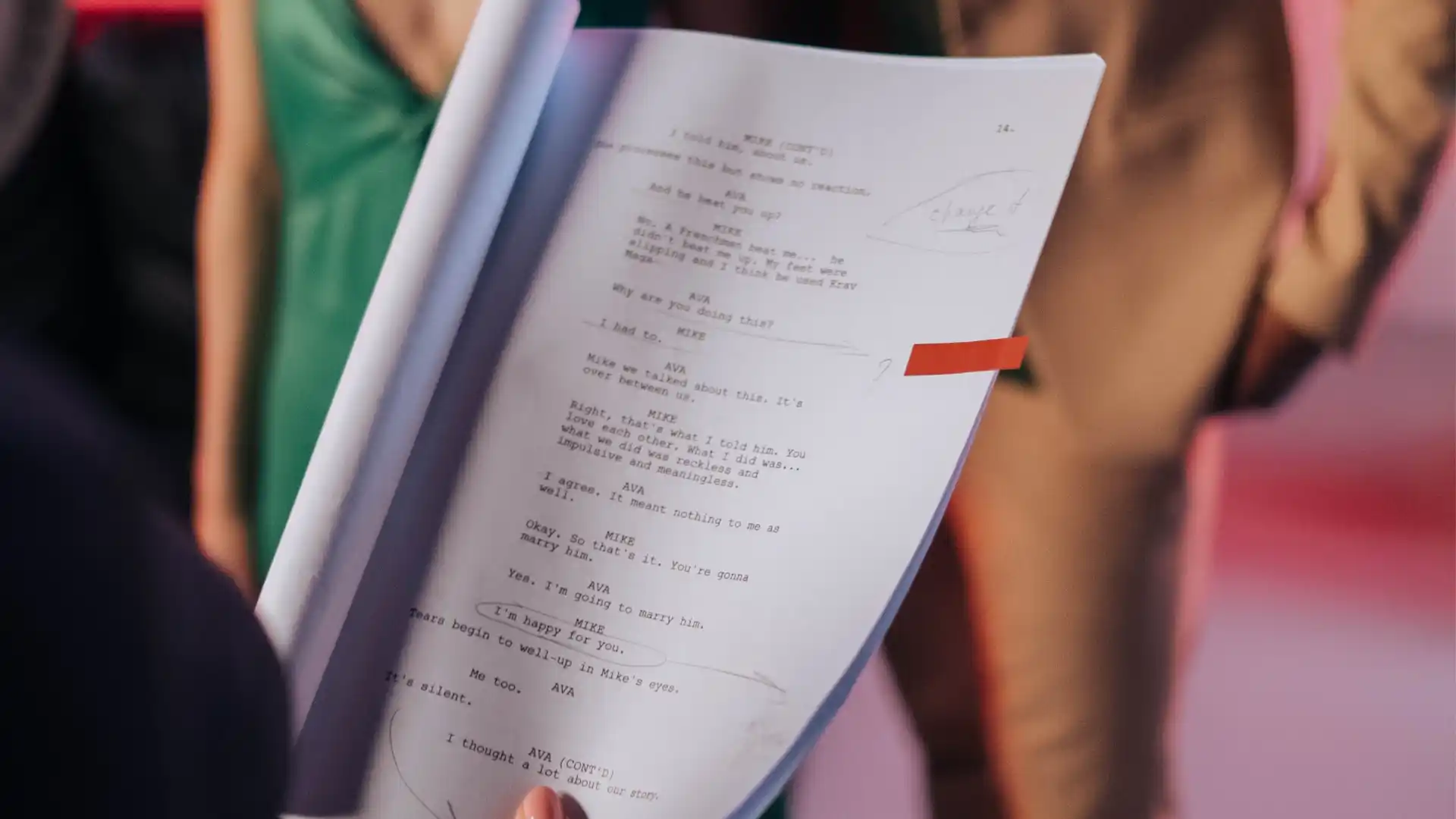The Seven Samurai Screenplay
The Seven Samurai screenplay is one of the most iconic and influential screenplays in the history of cinema. Written by the legendary Japanese filmmaker Akira Kurosawa, the screenplay has been studied and emulated by countless screenwriters and filmmakers around the world. If you’re interested in pursuing a career in the film industry, mastering the Seven Samurai screenplay is an essential skill that can help you stand out from the competition and achieve success.
Understanding the Seven Samurai Screenplay
The Seven Samurai screenplay was written by Akira Kurosawa in collaboration with screenwriters Shinobu Hashimoto and Hideo Oguni. The screenplay tells the story of a group of seven rōnin, or masterless samurai, who are hired by a village to defend it against bandits.
The Seven Samurai screenplay is renowned for its compelling characters, intricate plot, and masterful use of cinematic techniques. Kurosawa’s innovative use of widescreen composition, dynamic editing, and striking imagery helped to redefine the language of cinema and establish him as one of the greatest filmmakers of all time.
Key Elements of the Seven Samurai Screenplay
To write a successful Seven Samurai screenplay, it’s essential to understand the key elements that make the screenplay so compelling. These elements include:
- Compelling Characters: The Seven Samurai screenplay features a diverse cast of characters, each with their own unique personalities, motivations, and conflicts. From the stoic samurai leader Kambei to the hot-headed young samurai Katsushiro, each character is fully realized and contributes to the overall narrative.
- Intricate Plot: The Seven Samurai screenplay is a masterclass in storytelling, with a complex and multi-layered plot that keeps audiences engaged from beginning to end. The screenplay weaves together multiple storylines and subplots, each building upon the other to create a rich and satisfying narrative.
- Cinematic Techniques: Kurosawa’s use of cinematic techniques in the Seven Samurai screenplay is nothing short of groundbreaking. From the use of deep focus cinematography to the iconic rain-soaked finale, Kurosawa’s innovative approach to filmmaking helped to redefine the language of cinema and inspire generations of filmmakers to come.
Expert Tips for Writing a Compelling Seven Samurai Screenplay
Now that we’ve explored the key elements of the Seven Samurai screenplay, let’s take a look at some expert tips for writing a compelling screenplay of your own:
- Develop Compelling Characters: The key to a successful screenplay is compelling characters that audiences can connect with and root for. Spend time developing your characters, giving them unique personalities, motivations, and conflicts that drive the story forward.
- Craft a Multi-Layered Plot: A successful screenplay should have a complex and multi-layered plot that keeps audiences engaged from beginning to end. Weave together multiple storylines and subplots, each building upon the other to create a rich and satisfying narrative.
- Use Cinematic Techniques to Enhance the Story: Just like Kurosawa, you can use cinematic techniques to enhance the story and create a unique visual style. Experiment with different camera angles, lighting, and editing techniques to bring your screenplay to life on the page.
Key Takeaways
Mastering the Seven Samurai screenplay is an essential skill for anyone interested in pursuing a career in the film industry. By understanding the key elements of the screenplay and following expert tips for writing a compelling screenplay, you can set yourself apart from the competition and achieve success.
If you’re serious about pursuing a career in the film industry, consider taking the NYU Film and TV Industry Essentials online course and certificate program. This comprehensive program covers all aspects of the film and TV industry, from screenwriting and directing to producing and marketing. With NYU’s world-renowned faculty and industry connections, you’ll gain the knowledge and skills you need to succeed in this exciting and competitive field.







